Preparing for Spring Burndown
With a late harvest and very minimal tillage accomplished this past fall, there could be a strong case for spring herbicide burndown to allow for clean fields during soybean planting. Many of the winter annual species emerged during the fall and will grow aggressively in warm spring temperatures. A field can look clean now but get out of control very fast, causing issues with soil temperature, soil moisture and jeopardizing seed to soil contact. Here are a few tips that can make your 2020 spring burndown a little smoother: 1. A good burndown needs to eliminate the key broad [...]
Illinois Soybean Production Tops the List
With the 2019 growing season behind us, it’s time to look at crop production statistics for Illinois from last year. With an average yield of 54 bushels per acre and a total production of 532 million bushels of soybeans, Illinois growers overcame a challenging year to remain the leading soybean state in the nation in 2019. The prairie state planted 9.95 million acres and harvested 9.86 million. Some areas, particularly in northern Illinois, had terrible conditions during the planting window and many producers were not able to plant all the acres they intended. Thus, Illinois soybean planted acres were [...]
Understanding A Soybean Seed Tag
A lot of time is spent by growers selecting seed for the coming year, determining proper field placement and managing agronomic decisions. Industry also spends a great deal of time producing ample high-quality seed. When it comes to validating what a grower is getting, it’s important to review the soybean seed tag for each soybean variety. Seed tags are a great resource for a grower to better understand what they are planting. For example, herbicide traits, seed treatment and the number of seeds/unit are all found on the tag. Regardless of how seed is delivered to a grower—by bagged [...]
How to Make Soil Testing Work Smarter for Your Farm
Soil samples provide landowners a gauge or a trend of the potential nutrient availability for the coming crop. Typically, this information signals areas of a field that exceed or fall short of the field’s current average fertility programs. High zones of fertility could suggest that a crop is not removing what it was given. Likewise, a zone of low fertility could suggest that a crop is removing 100% or more of the nutrients it was given. This is where a good grid soil test map acts as an inverse yield map over time. You may be wondering, though, how [...]
WEBINAR: Improving Yield Potential While Reducing Early Season Soybean Risk
1 CEU in Integrated Pest Management
Phytophthora in Illinois Soybean Production
This article was originally published on the farmdoc daily website. The oomycete Phytophthora sojae, is a soil borne organism which is the predominant cause of Phytophthora root rot in soybeans. Believe it or not, P. sojae is fairly prevalent in Illinois, and under the correct conditions, this disease can result in reduced stands, blighted plants, or reduced productivity due to reduced nodulation resulting from infections. Oomycetes like P. sojae are also known as water molds, and consequently, are favored by wet, saturated soils. Infection typically occurs in poorly drained soils, compacted or low lying areas, no-till production systems, warm [...]
What STS Means and Why You Should Care
Why does my soybean variety have “STS” or “SR” listed with it and what does it mean for my planting season? In 1994 sulfonylurea-tolerant soybeans (STS), then later sulfonylurea ready (SR), were introduced to help growers control troublesome broadleaf weeds. These STS or SR traits are native, non-GM traits, that make the soybean more tolerant to sulfonylurea herbicides. Sulfonylurea herbicides work by inhibiting the ALS (acetolactate synthase) enzyme, which plays an important role in forming necessary proteins for the plant’s growth and development. This causes the weed—or non-STS soybean plant—to starve because it cannot get the necessary proteins for [...]
Working Capital to Value of Farm Production – One Measure of Liquidity
This article was originally published on the farmdoc daily website. This article examines working capital to value of farm production for selected producer characteristics. Working capital to Value of Farm production is one of the traditional measures of liquidity suggested by the Farm Financial Standards Council (FFSC), with others being current ratio and working capital. Overall, working capital to value of farm production has declined since 2013. Background The Financial Guidelines for Agriculture developed by the Farm Financial Standards Council (FFSC) identified five general financial measures when evaluating the financial performance of the farm firm. These include liquidity, solvency, [...]

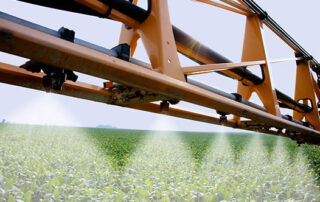
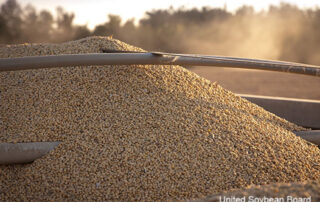
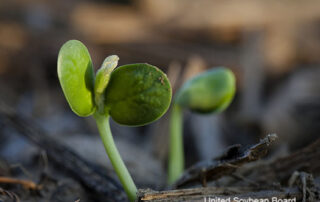
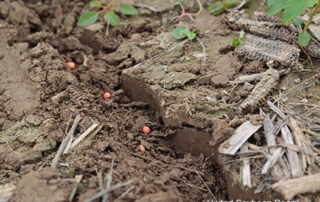
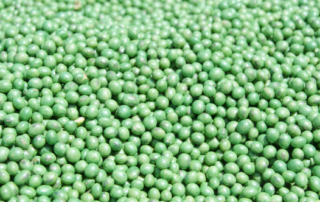
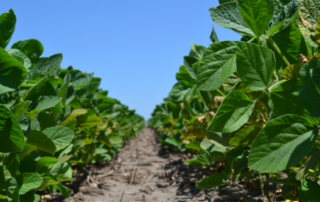
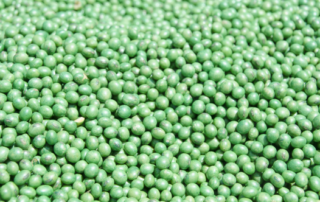




 and then
and then